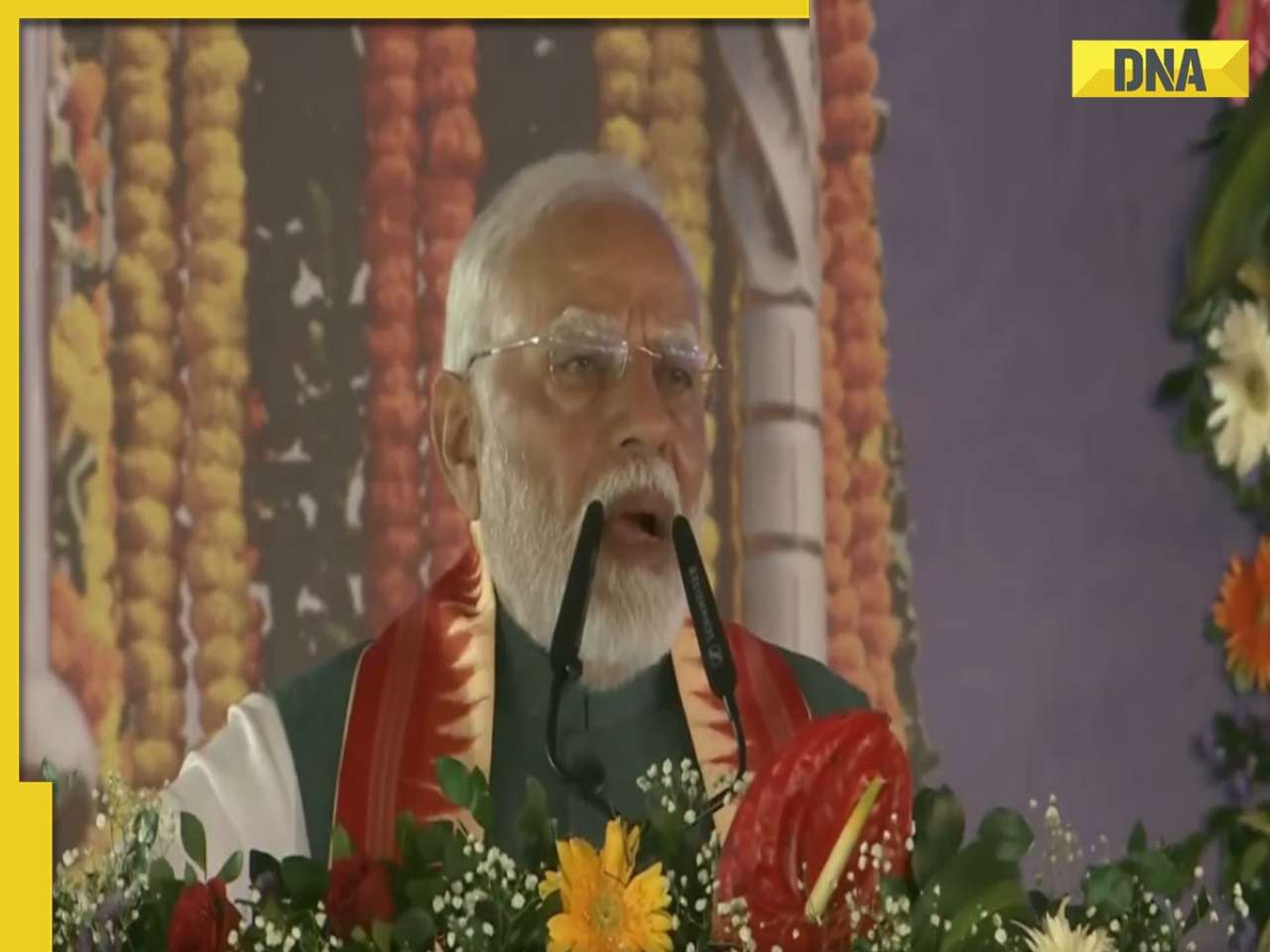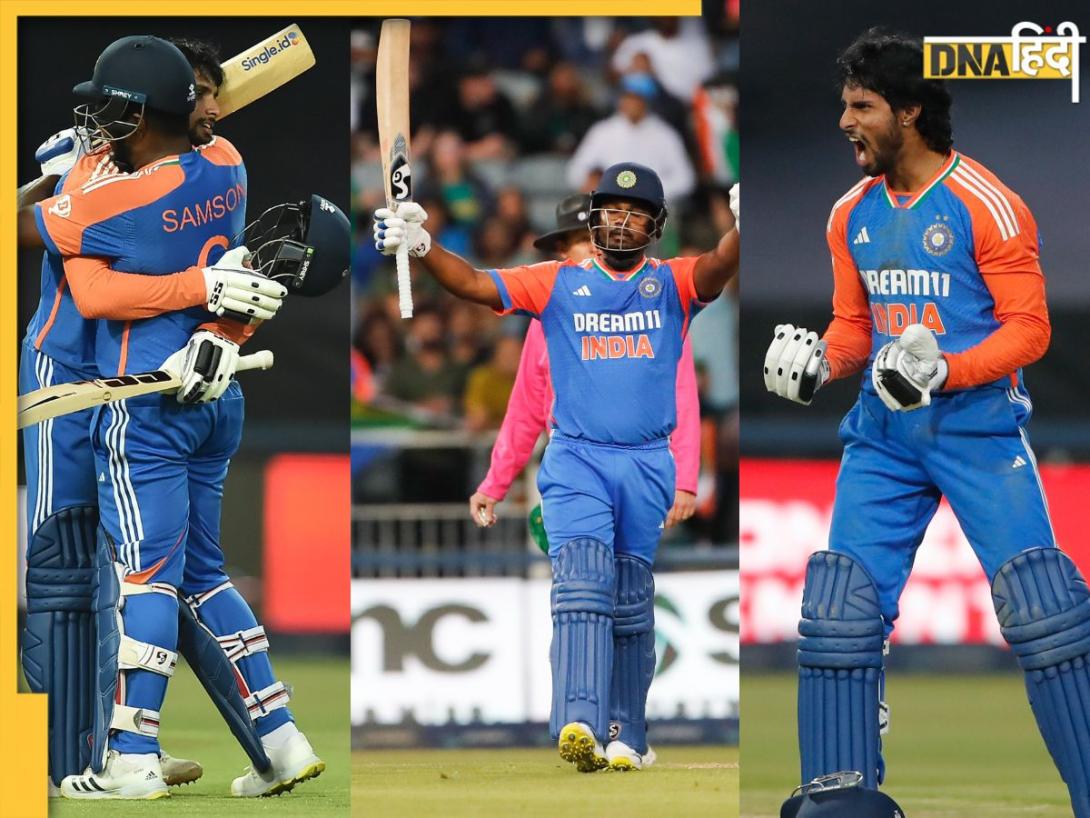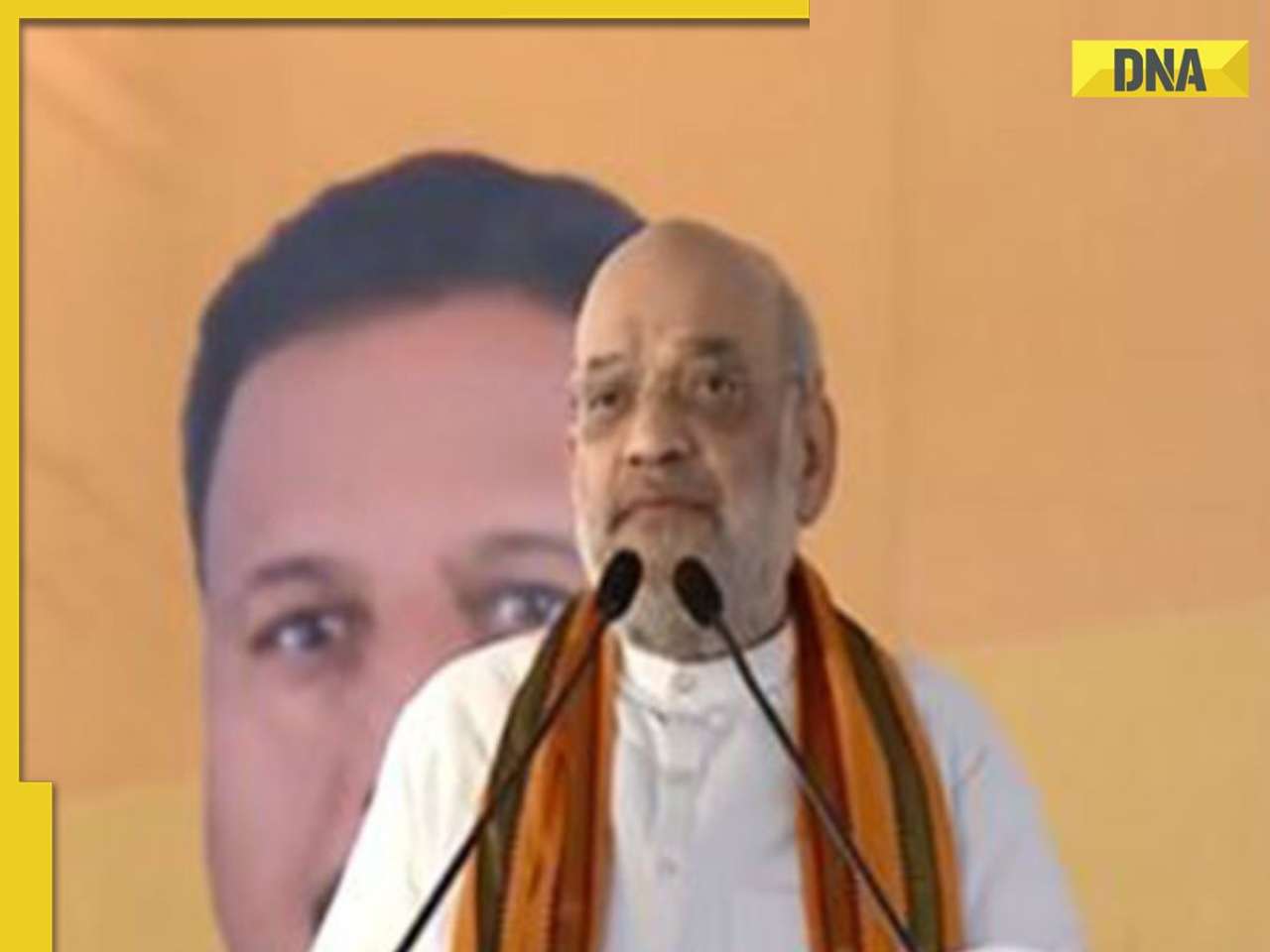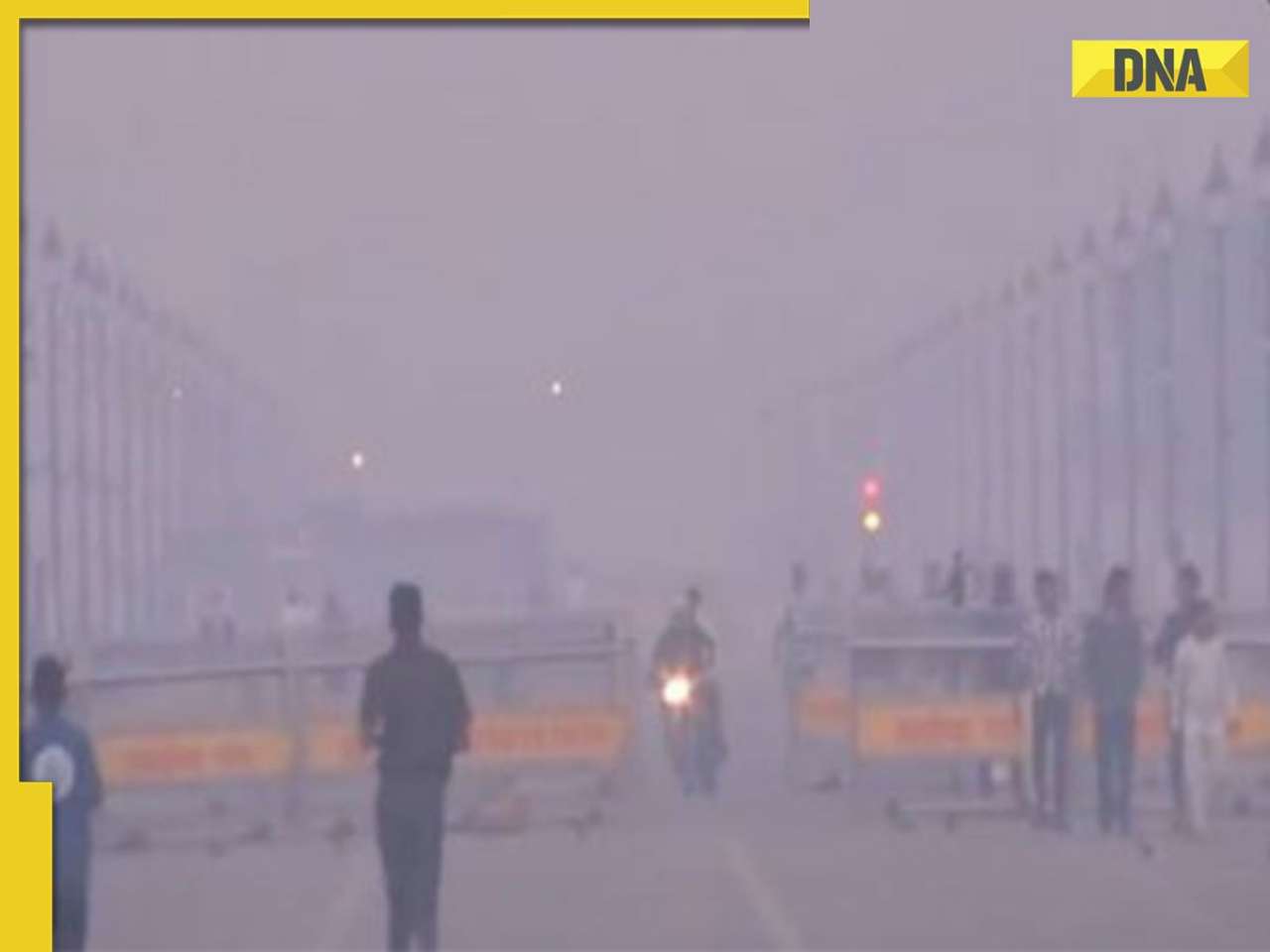- LATEST
- WEBSTORY
- TRENDING
SCIENCE
NASA: Images from the James Webb Space Telescope turn into music, watch viral video
In partnership with NASA, scientists, musicians, and members of the blind and visually challenged community adapted James Webb's data.
TRENDING NOW
Sound is a unique, interactive method to experience some of the first full-color infrared photographs and data from NASA's James Webb Space Telescope. The transmission spectrum of the hot gas giant exoplanet WASP-96 b is shown, allowing the listener to access the complex acoustic environment of the Cosmic Cliffs in the Carina Nebula and explore the contrasting tones of two photos depicting the Southern Ring Nebula.
Also, READ: NASA update: will make another attempt to launch Artemis Moon Rocket on Saturday
Hear that?
— NASA (@NASA) August 31, 2022
These soothing sounds depict the "Cosmic Cliffs" of the Carina Nebula. By translating data to sound, we can experience @NASAWebb's data in a new way. Also explore views of the Southern Ring Nebula and "hear" exoplanet WASP-96 b's atmosphere: https://t.co/wAk1eGKkpI pic.twitter.com/jkV0oDjFY9
Through the Webb project and NASA's Universe of Learning, a group of scientists, musicians, and a member of the blind and visually challenged community adapted Webb's data.
“Music taps into our emotional centers. Our goal is to make Webb’s images and data understandable through sound – helping listeners create their own mental images” said Matt Russo, a musician and physics professor at the University of Toronto.
NASA's Webb Telescope obtained a near-infrared picture of the Cosmic Cliffs in the Carina Nebula, and that image has been transformed into a musical composition. There was a buzzing noise created by musicians who gave distinct pitches to the nebula's semi-transparent, gauzy sections and highly dense portions of gas and dust.
The picture is sonified from left to right. The vast, gaseous cavern that seems like a mountain range is reflected in the richness of the score. The blue tones and windy, drone-like noises indicate the gas and dust in the upper part of the picture. The composition is crisper and more melodic in the lower half of the picture, which is rendered in warm orange and red tones.
The image's brightness correlates with its perceived volume. The frequency of sound is also determined by the light's vertical location. A bright spot at the top of the screen has a high-pitched sound, while a bright spot in the centre of the screen has a lower-pitched one. Dimmer, dust-obscured parts that seem lower in the picture are represented by lower frequencies and cleaner, undistorted sounds.




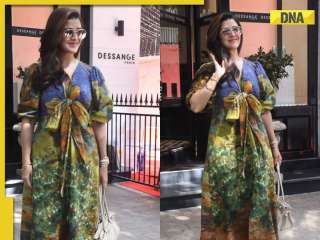


)
)
)
)
)
)
)
)
)
)
)
)
)
)
)
)





